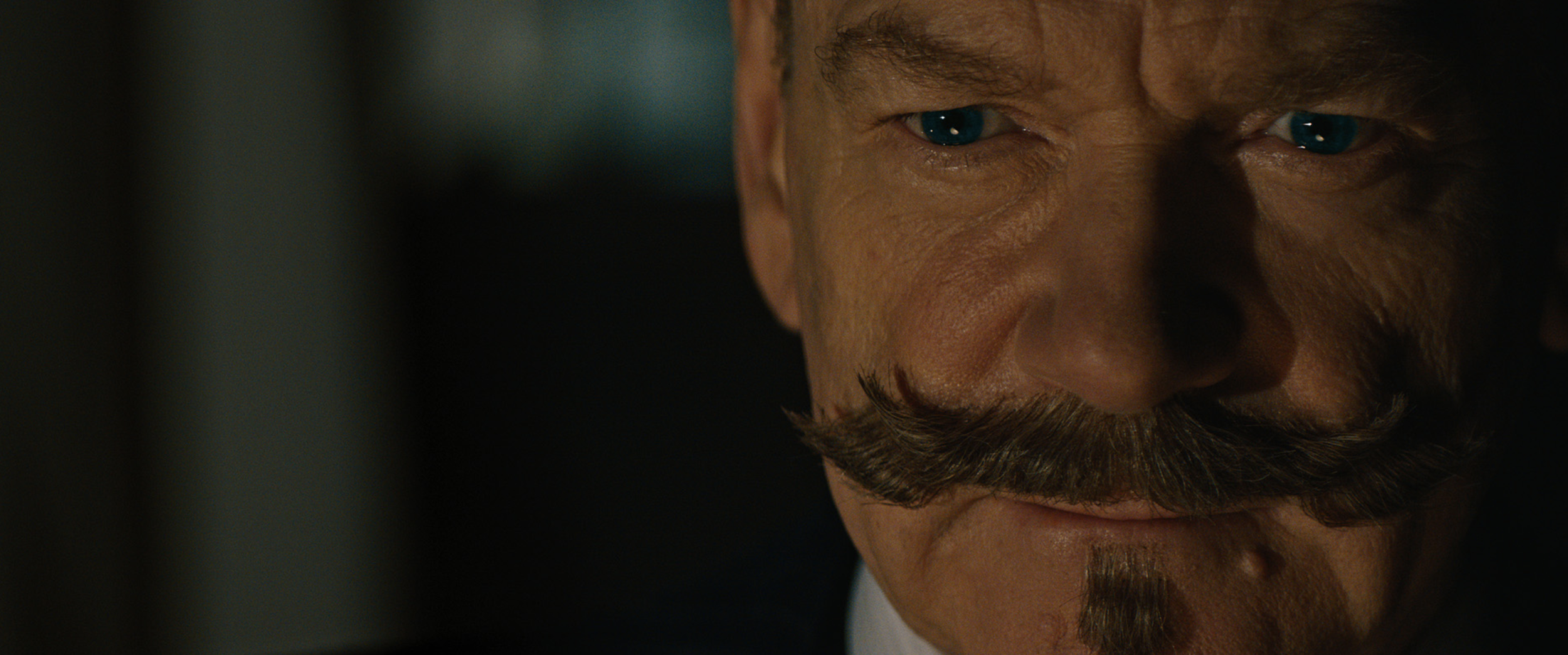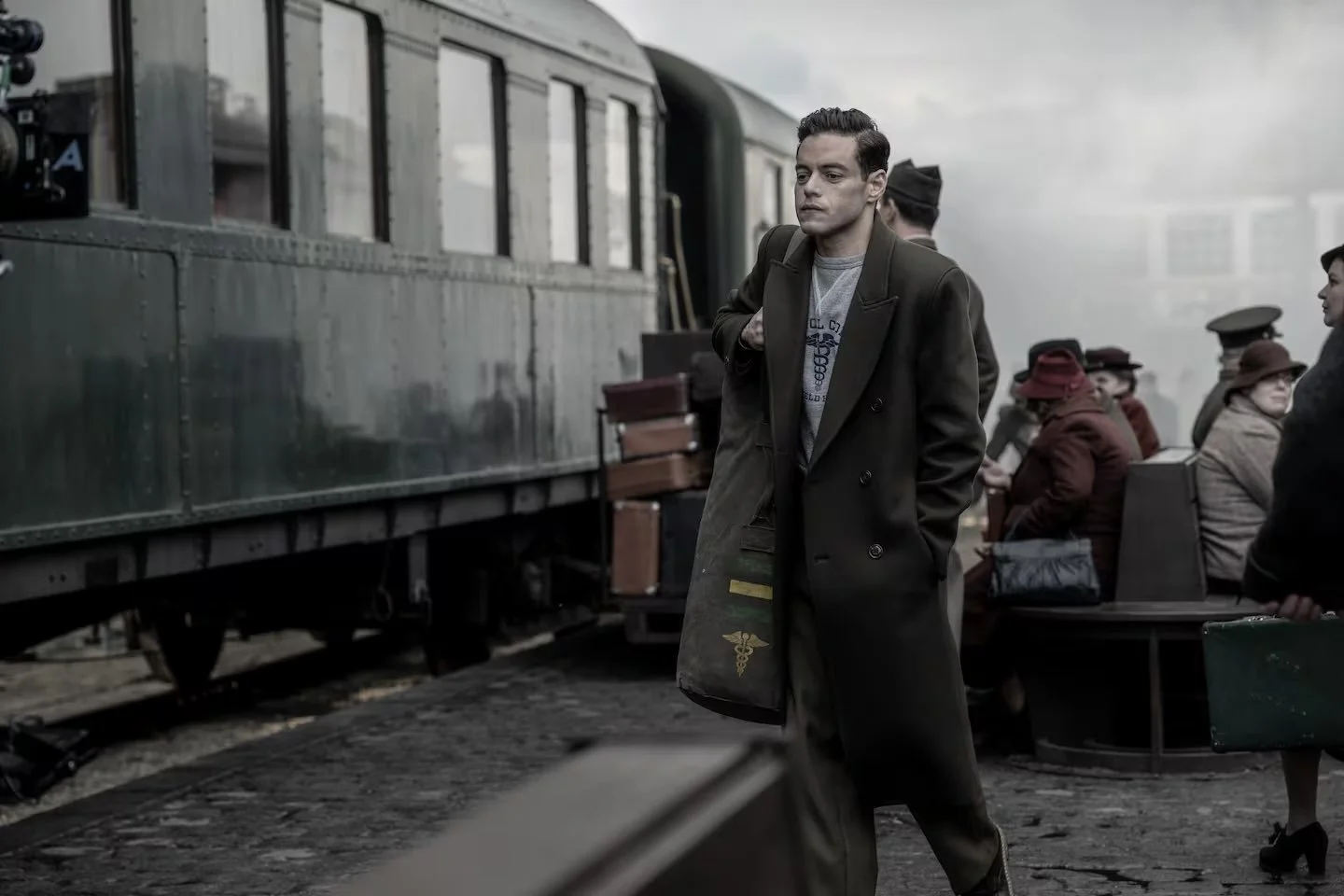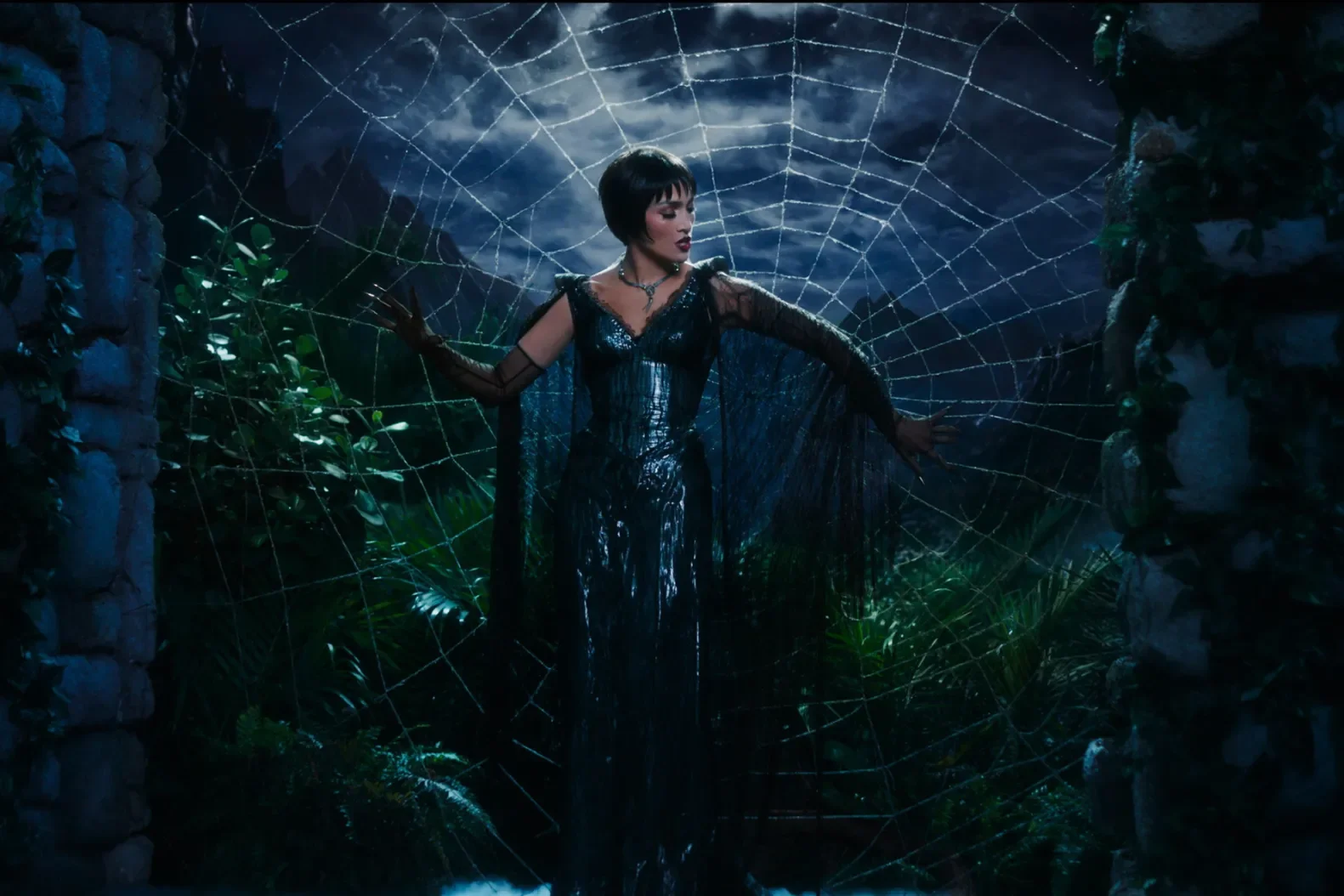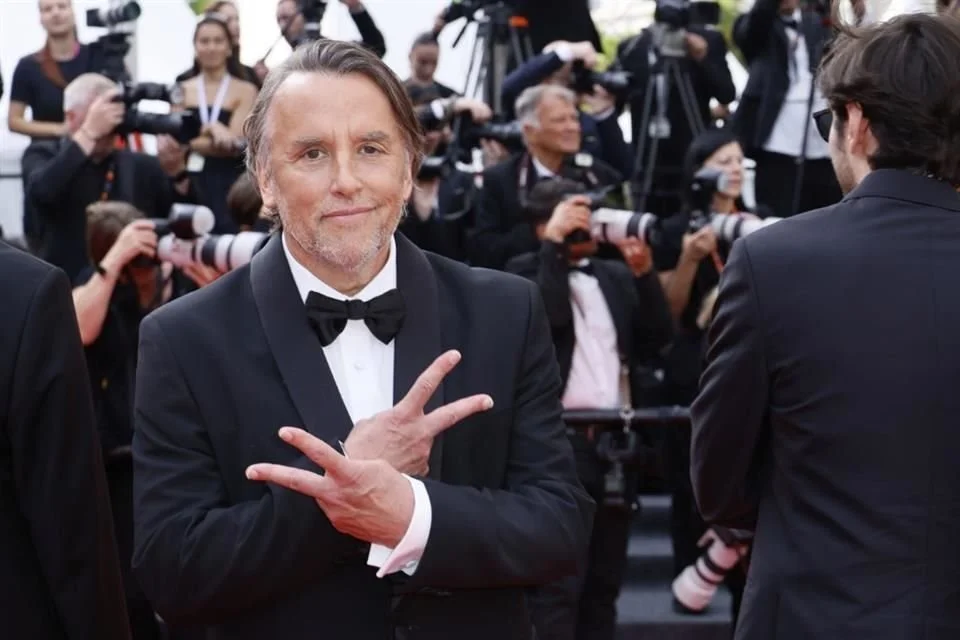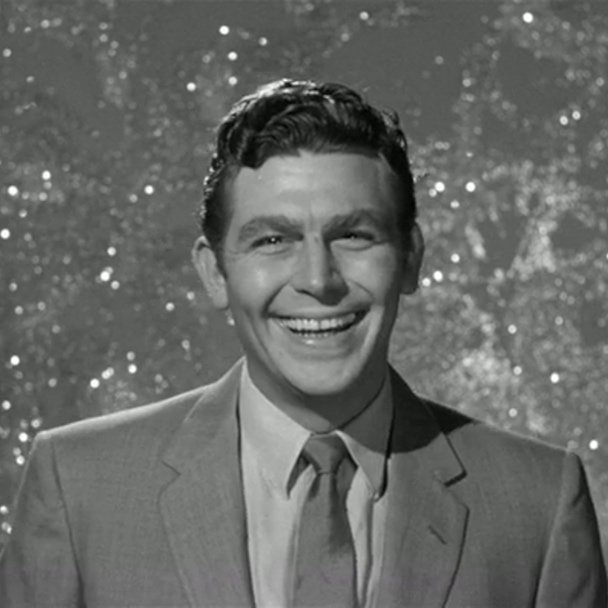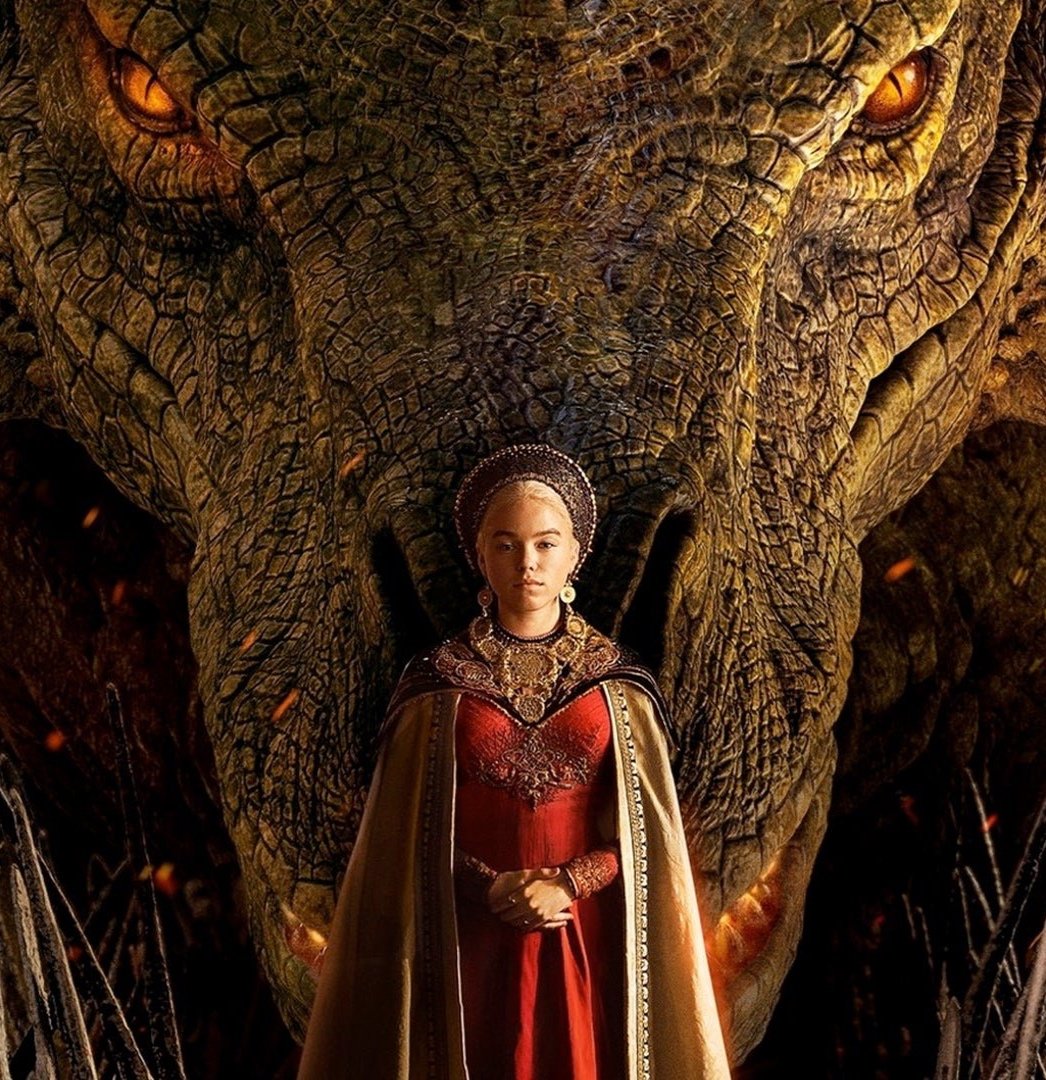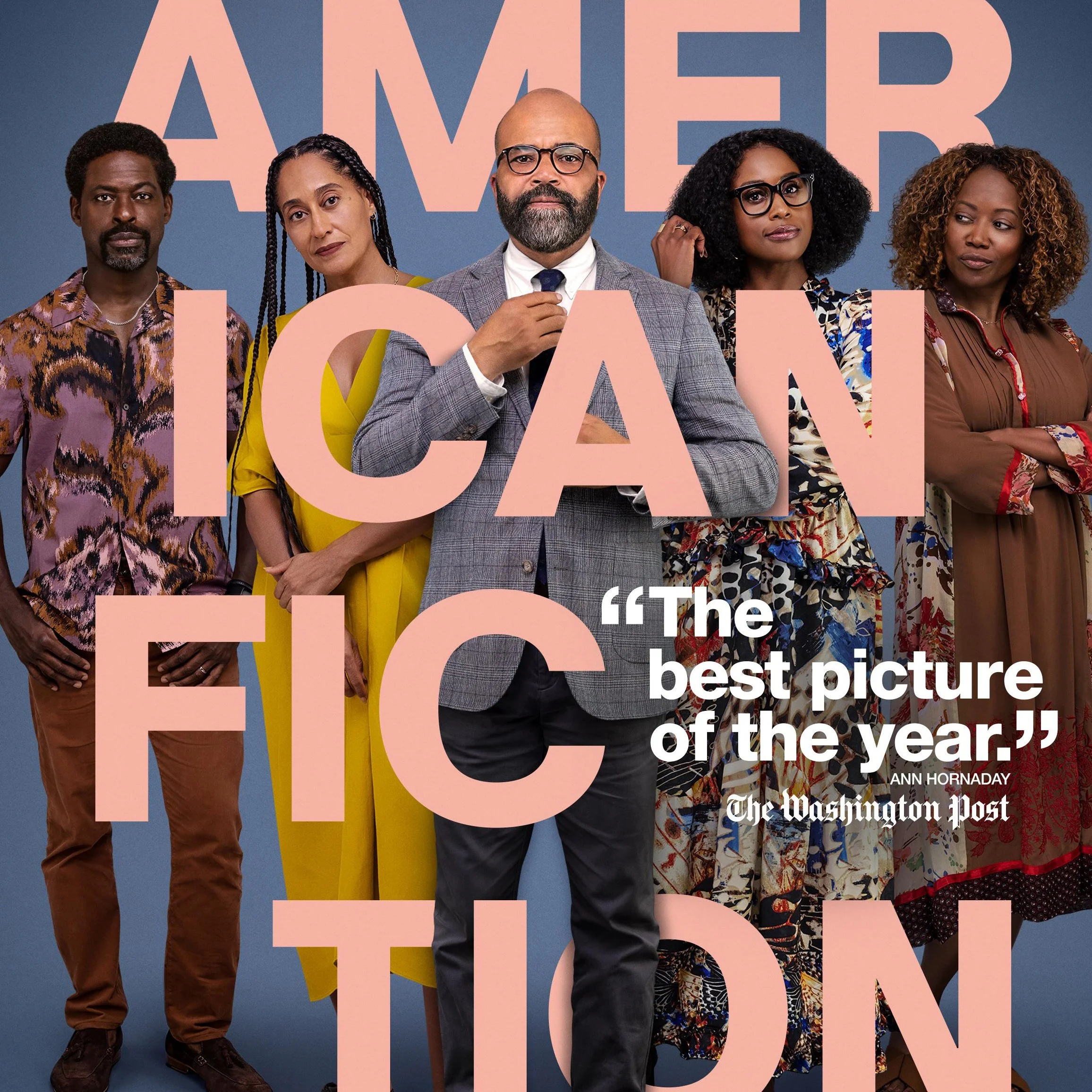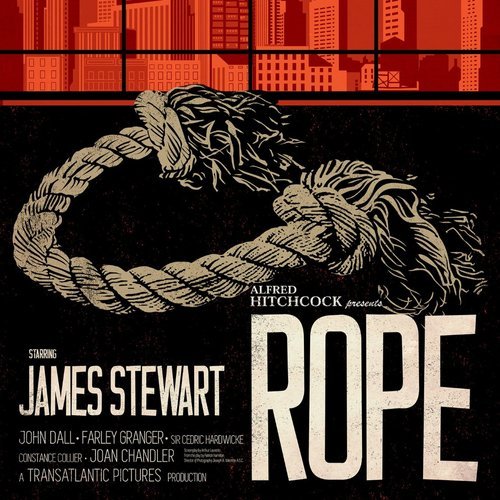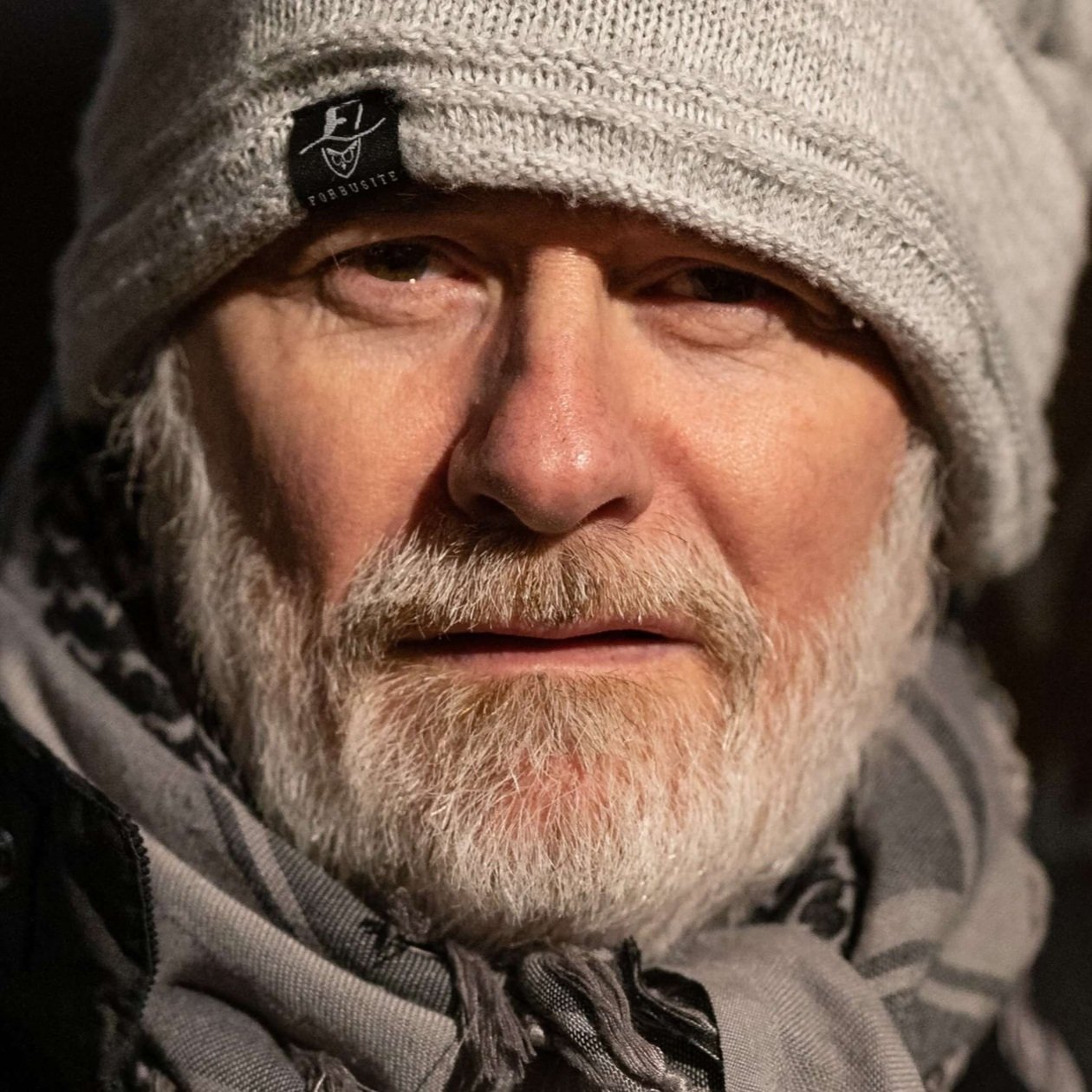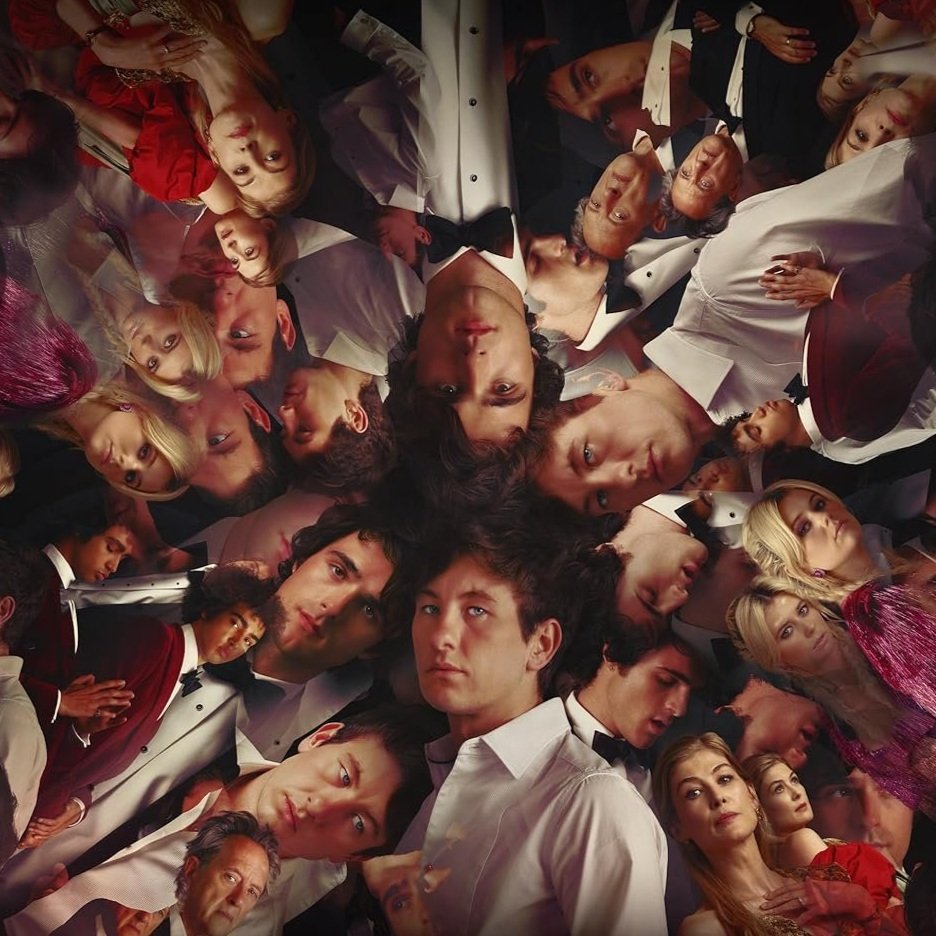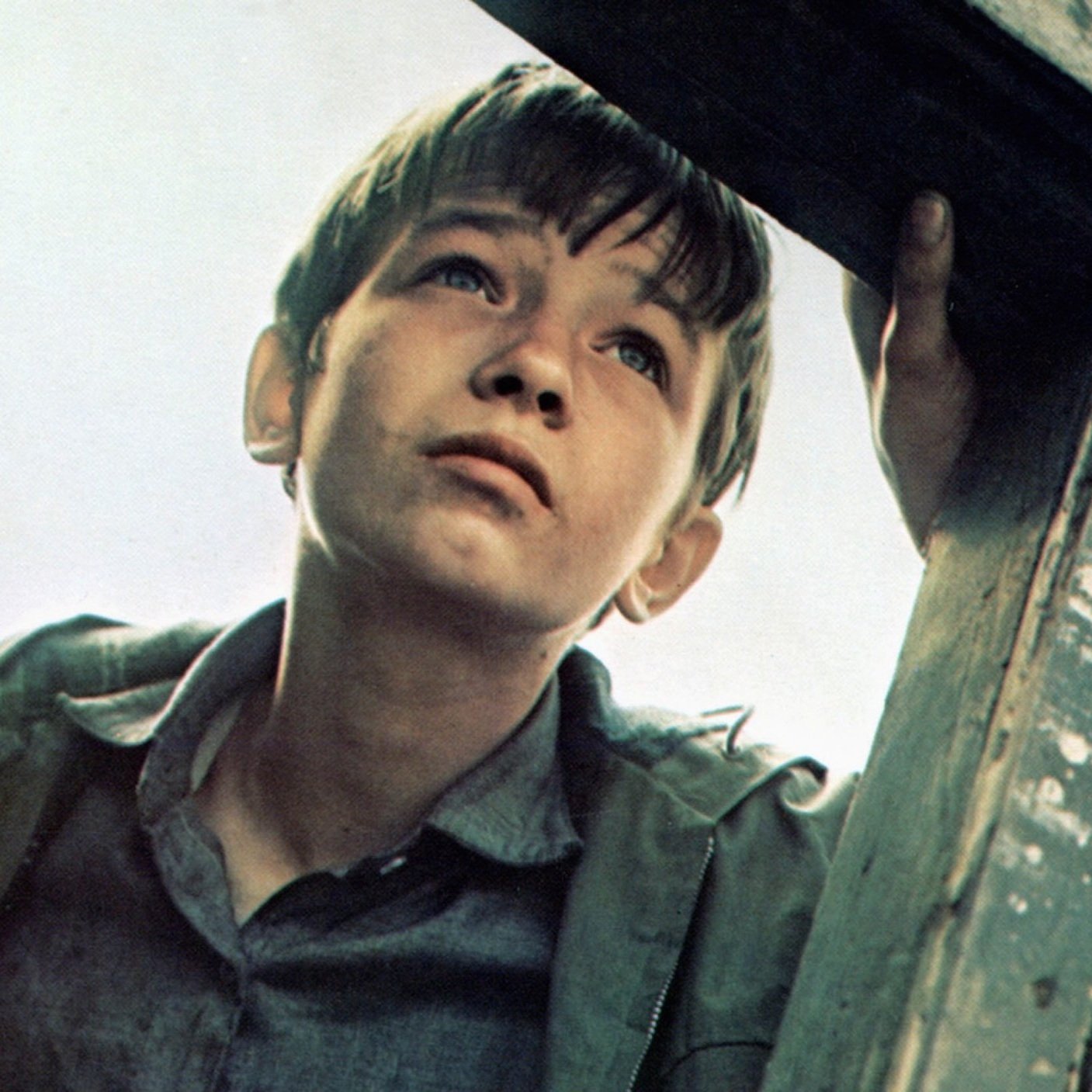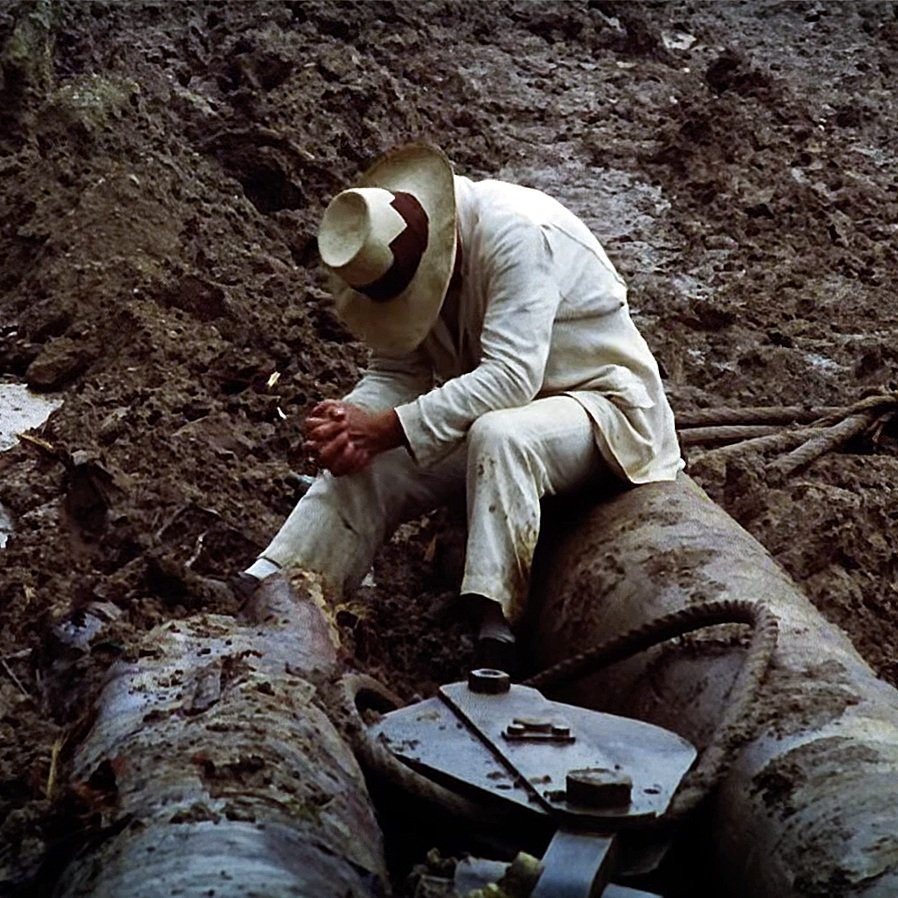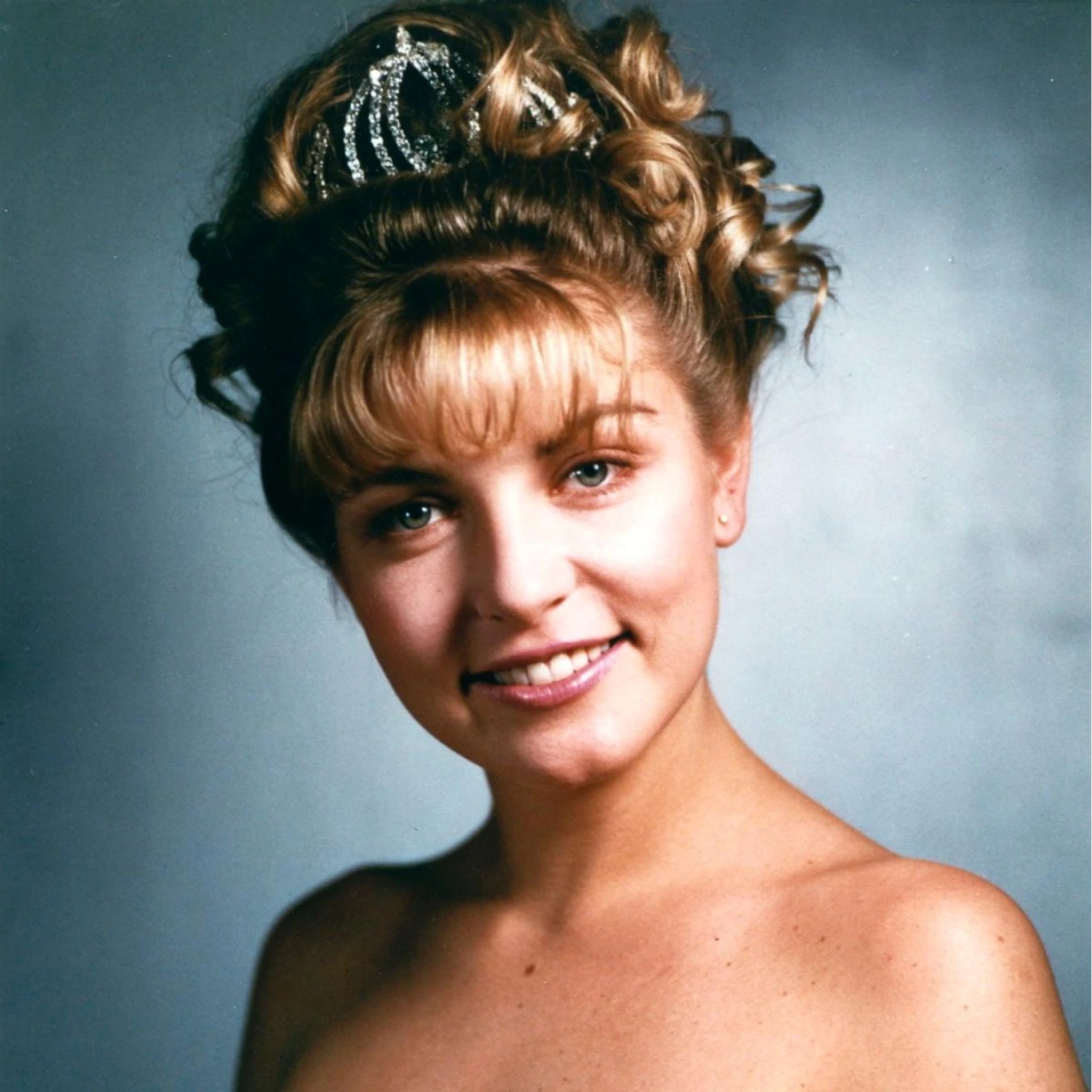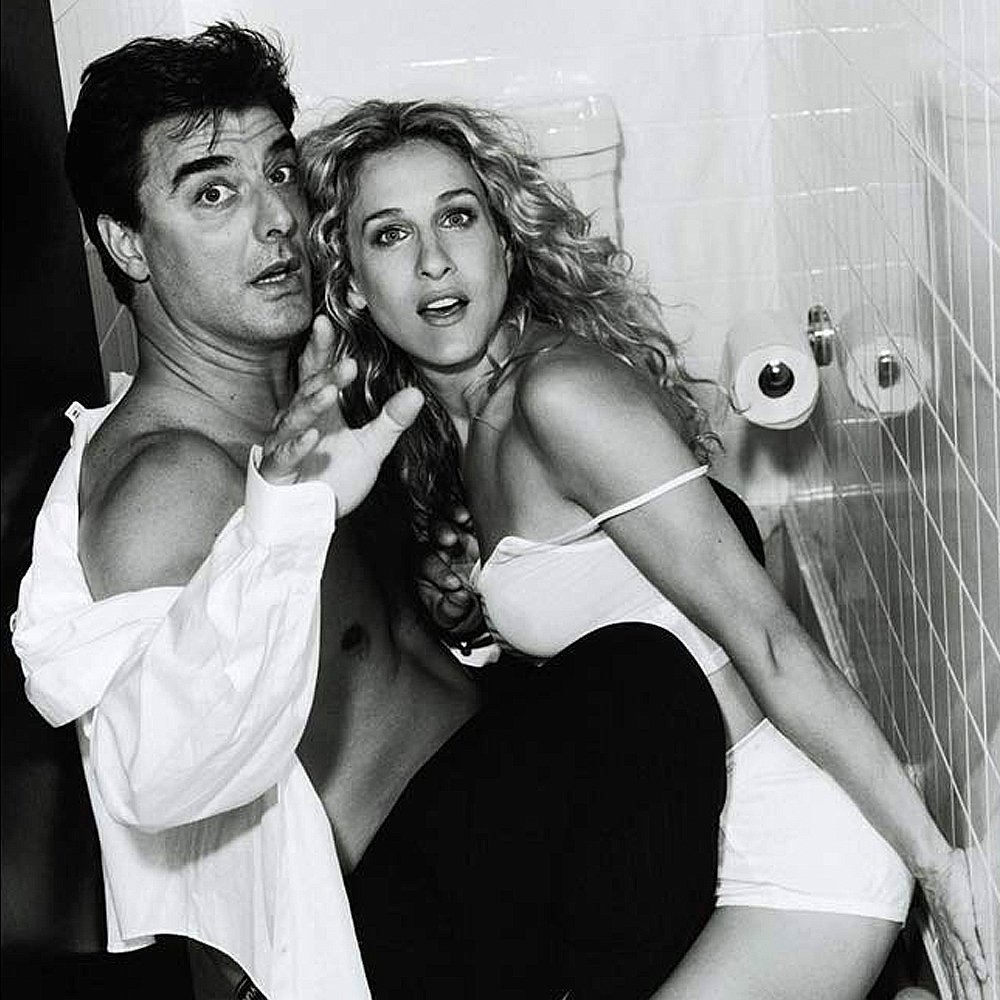A Haunting in Venice Showcases Kenneth Branagh’s Savviness as a Director
I used to think Kenneth Branagh was a bad director. Not that I spend very much time thinking about Kenneth Branagh’s directorial prowess, but if you had asked me, “Aden, is Kenneth Branagh a good director?” I would have said no. However, after seeing his most recent film, A Haunting in Venice, I have an amendment to make to that statement. I don’t think Branagh is a great director. I’m not sure he’s even very good. What he is, though, is an interesting director. And that’s much more than I can say about a lot of directors working today.
These days, Branagh is probably better known as an actor than as a director. In recent years, he has become a stalwart in Christopher Nolan movies, playing a naval commander in Dunkirk, the ludicrously over-the-top villain Andrei Sator in Tenet, and physicist Niels Bohr in Oppenheimer. If you told the average person that the villain from Tenet has directed a whopping twenty films since 1989, I don’t think they’d believe you. And yet, Branagh has been one of the more consistent directors in Hollywood during this time. He’s made Shakespeare adaptations, a Marvel movie, a Cinderella movie, and been nominated for Best Director at the Oscars not once, but twice.
In 2017, when Branagh decided to make A Murder on the Orient Express, one of the most famous novels of all time, and one that had already been adapted into a well-liked movie by Sidney Lumet, most people called it a cash grab by Branagh and 20th Century Fox. In the era of Marvel and superhero movies, well-known IP, like Agatha Christie novels, are the name of the game in Hollywood. The film succeeded, making more than $350 million worldwide, albeit with middling to lukewarm reviews. Then, Branagh and Fox announced plans for a sequel, this time adapting Christie’s Death on the Nile. The results were far worse, with the film grossing only $137 million worldwide and getting panned by critics. There were extenuating circumstances, including a lengthy post-production interrupted by the Covid-19 pandemic. Additionally, issues surrounding Armie Hammer, eventually leading to his role being massively reduced through editing.
During this post production time, however, Branagh made his most personal film yet. Belfast is a reflection on the director’s childhood growing up in the titular city during the tumultuous time of the late 1960’s. The film went on to be his greatest success yet, making more than 3 times its budget at the box office and netting Branagh nominations for Best Director and Best Picture at the Oscars, and winning him Best Original Screenplay. After Belfast, Branagh could make anything he wanted. He had the most power he had ever had in Hollywood. So, how did he decide to follow up his personal tale of youth and innocence? With another Agatha Christie adaptation, of course. For most directors, the opposite is true. They spend years making studio movies in an effort to accrue enough power to eventually make their personal statement.
Branagh choosing to make A Haunting in Venice, an adaptation of Christie’s Hallowe’en Party, tells us two important things about him as a director. Firstly, he truly loves Agatha Christie novels and the character of Hercule Poirot. He has a real passion for the text and wants to continue making these films for the foreseeable future. Secondly, this choice cements Branagh as one of the savviest directors working today. Branagh was early to recognize that franchise and IP films were the future in Hollywood and jumped on the train before most realized it even left the station. Now, Branagh is utilizing the recent success of horror films, the most consistent non-superhero genre right now, and combining it with an already established franchise to get his movie made.
And Branagh needs any marketing hook he can get, because A Haunting in Venice is a deeply strange movie. Armed with a stacked cast including Michelle Yeoh, Tina Fey, Jamie Dornan, and Kelly Reilly, Branagh Trojan-horses a story about grief in post-war Europe into a studio franchise horror film. The film takes place largely in an aging Venice palazzo, where Branagh’s Poirot and a group of strangers are brought together for a seance. The calling card of the film is the cinematography and production design. Simply put, this is one the best looking studio films in recent memory. In a time when so many big budget films are filled with bad CGI and shot clearly on a green screen, the set work and location shooting stands out. The plot is fairly standard for a whodunnit, particularly for a Christie adaptation, but in between predictable reveals and twists, flourishes of Branagh’s personal style seep through. The film is chalk full of canted angles and interesting camera placements. He uses mirror tricks and POV shots in certain more horror forward scenes to great effect. Branagh is not a filmmaker who delves into the world of horror very often, and while this film isn’t the scariest movie ever made, it does allow Branagh to show off his skills in the genre.
The best sequence in the film, the one that portrays the seance and is essentially the core of the film, shows everything Branagh can do as a director. He lets his cast, particularly Michelle Yeoh, chew extremely campy dialogue. His camera, which up until this point has remained relatively still, moves around the room wildly. This is the first, and maybe only time, the film is genuinely unpredictable. The second half of the film delves deeper into the characters and reveals them all to be dealing with varying levels of grief and remorse following World War II. It becomes abundantly clear that this is the section that really drew Branagh to the material. He allows each character a moment of deep reflection and sadness in an otherwise campy film. In the end, the murder is solved and the culprit apprehended. However, my feeling leaving the theater wasn’t one of surprise at the twists or fear from the jump scares, but one of admiration for what Branagh pulled off.
He managed to make a third film in a mediocre franchise feel fresh and personal by changing genres and inserting a quirky and personal third act. Before this film, I didn’t care much for the Poirot movies, or really any film Branagh made. After this, however, I can’t wait to see what he does next. Want to make a fourth Poirot movie tackling a new genre, maybe a musical or a Western? Go for it Kenneth. Want to take another franchise film and give it a new genre bent? Be my guest. Or maybe you want to pivot back to a personal film, even if it is just a ploy to get more Poirot movies made. Whatever it is, I’ll be watching.
Popular Reviews


